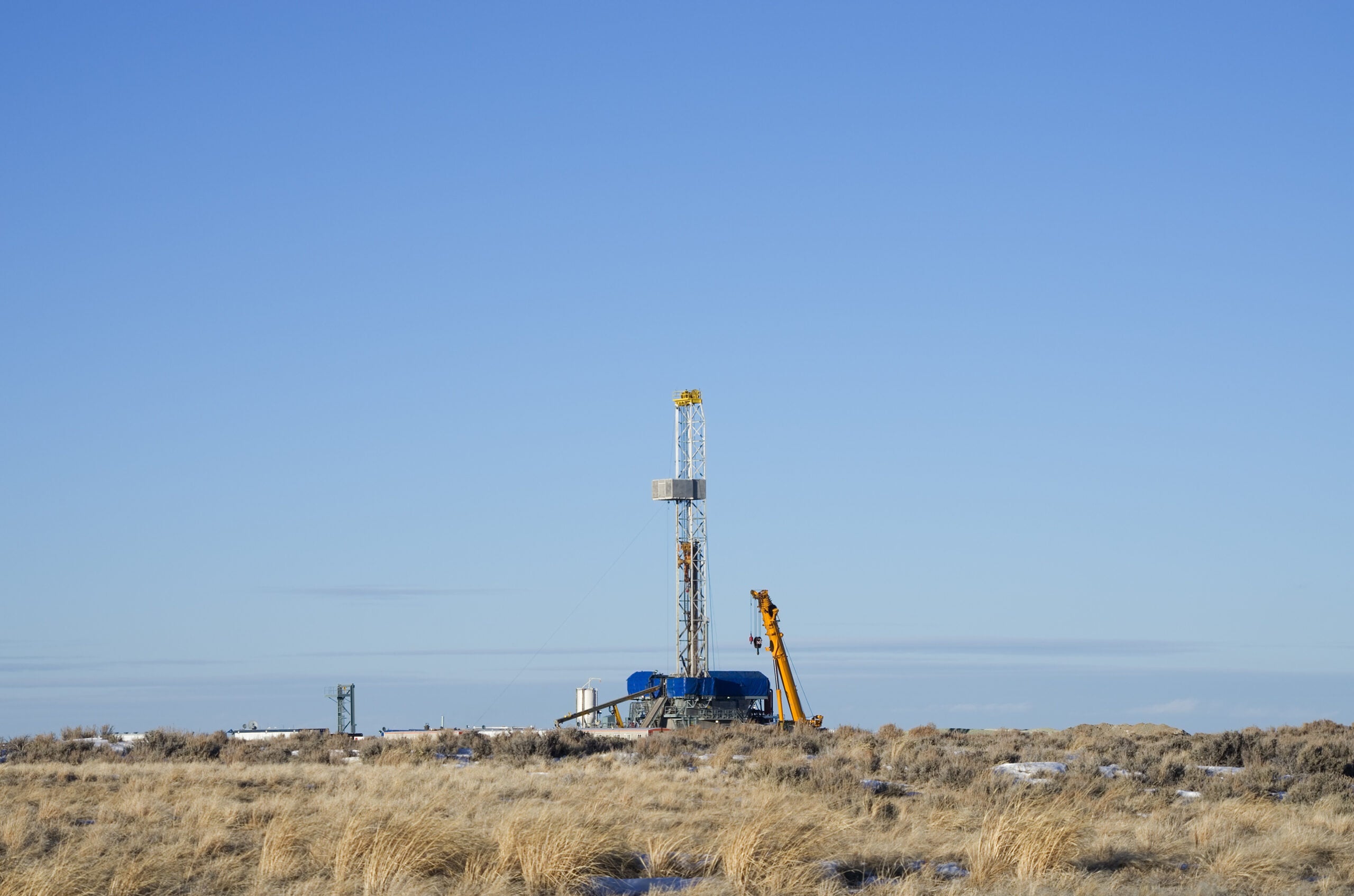Wyoming Fracking Victory Lifts Veil of Secrecy
A recent court victory in Wyoming will disclose information about chemicals injected into the ground during the fracking process.

This page was published 10 years ago. Find the latest on Earthjustice’s work.
This is a guest post contributed by Wayne Lax, originally posted by the Caspar Star Tribune. He is a homeowner in Laramie County, an area facing up to 1,500 new hydraulically fractured oil wells. Wayne is a member of the Powder River Basin Resource Council.
Oil and gas wells are a fact of life in Wyoming. Many families need only look out their windows to see oil and gas rigs working away. What those families can’t see are the thousands of gallons of chemical-laced water pumped into the ground around their homes when those wells are hydraulically fractured during oil and gas drilling.
But the water isn’t just hidden from sight. The identities of many chemicals in the water are a closely guarded secret. That means homeowners, like me, who drink from wells on their property and plant gardens in their backyards have no way of knowing what’s getting into the soil and water they depend on.
My family and I moved to our five-acre home east of Cheyenne more than 15 years ago. It’s the most beautiful place we could live, with most of our five acres being untouched prairieland and full of wildlife. But, fracking is happening less than three miles from our home and plans are in the works for wells even closer. The oil and gas industry shouldn’t be allowed to pump hazardous chemicals into the ground so near to us without even a requirement to disclose what the chemicals are.
Fortunately, the veil of secrecy may soon be lifting. This week, under pressure from public interest groups, the Wyoming Oil and Gas Conservation Commission and energy giant Halliburton agreed to reform the state’s policies for disclosing fracking chemicals to the public.
As a result of an Earthjustice lawsuit (representing Powder River Basin Resource Council, Wyoming Outdoor Council, Earthworks and the Center for Effective Government), oil and gas companies face a heavier burden of proof. Under the new policies, if they want to keep fracking chemicals confidential as trade secrets under state law, they will be required to submit detailed information in support of such requests.
This ruling is a fair approach. It’s common sense that landowners should be told what chemicals are being used to frack on or near our land, especially as I’ve read countless health studies that speak to the serious health problems linked to many fracking chemicals – convulsions, rashes, dizziness, and cancer. Therefore, the oil and gas companies should be burdened to justify why chemical information should be kept secret.
As for the Oil and Gas Commission, they shouldn’t be rubber-stamping industry’s requests to hide chemical information from the public. As landowners, we shouldn’t have to trust the industry to make sure that what they’re using is safe. We should be allowed to determine for ourselves what is safe for us and for our families.
The reforms the commission has agreed to adopt are a big step forward in protecting Wyoming residents’ fundamental right to know about the activities that are being permitted by our state government. The commission deserves credit for sitting down with concerned citizens and hammering out reforms that will better protect the public. But whether those reforms will live up to their promise now depends on how the commission proceeds to implement them.
I hope that the commission will step up to the challenge of ensuring greater transparency so that all Wyoming landowners can find out for themselves what chemicals are being used in their backyards and have the information they need to protect their health and property.
Established in 1993, Earthjustice's Northern Rockies Office, located in Bozeman, Mont., protects the region's irreplaceable natural resources by safeguarding sensitive wildlife species and their habitats and challenging harmful coal and industrial gas developments.